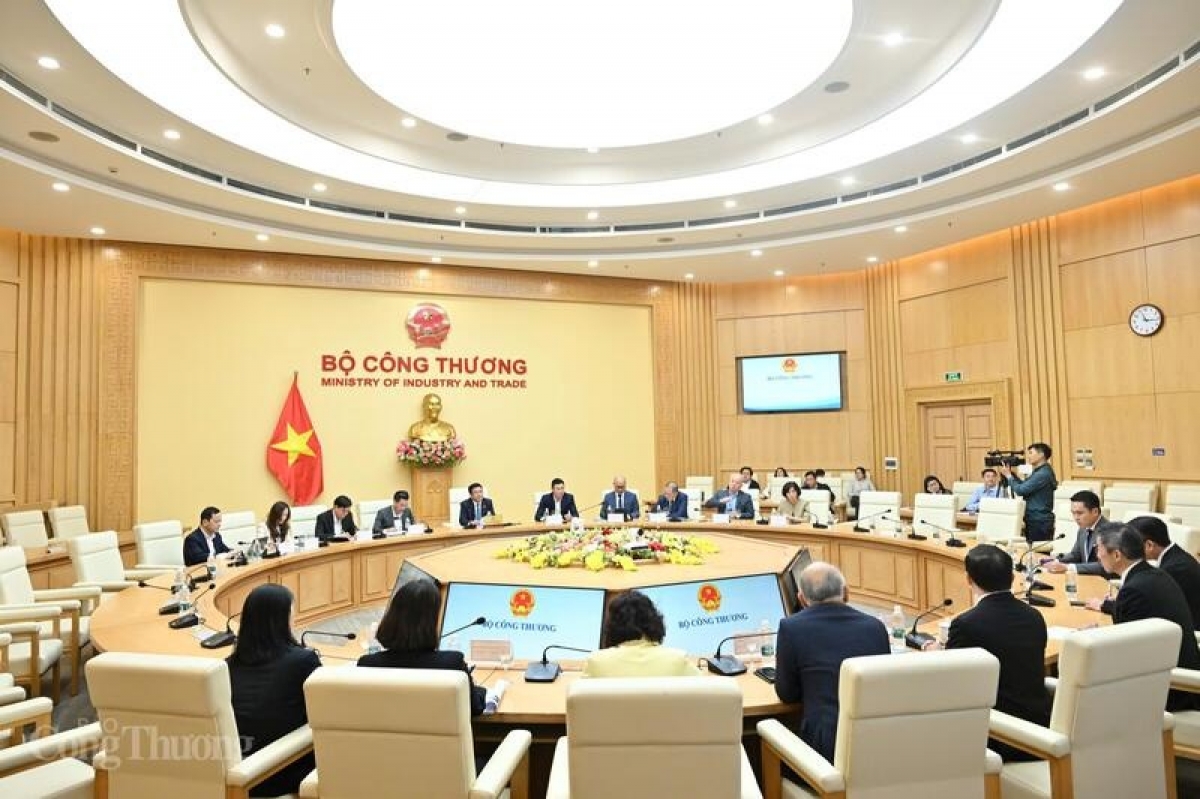INTERNATIONAL INVESTMENT
AND PORTAL
Following its annual visit a few weeks ago, the International Monetary Fund (IMF) said that growth is expected to slow from 8 per cent in 2022 to 4.7 per cent in 2023. This was a significant downgrade from its previous forecast of 5.7 per cent. A few weeks later, the World Bank announced that it was also downgrading its forecast to 4.7 per cent.
 Patrick Lenain - Senior associate Council on Economic Policies
Patrick Lenain - Senior associate Council on Economic Policies
Three negative developments are behind this weak outlook: financial stress, weak exports, and slow tourism.
Anti-inflation policies, elevated interest rates, and banking turmoil have all ignited widespread financial stress globally.
Among the sectors profoundly affected by these challenges, the global real estate industry stands out with its distinct tribulations. After recurring losses published by China’s Evergrande, it is now the coworking company WeWork that recently collapsed on the stock market in the United States.
The surge in mortgage rates has cast a shadow over developers who relied heavily on leveraging their investments. This, coupled with a tightening regulatory environment, has compounded the sector’s difficulties, adding to the strain on real estate players.
In Vietnam, the bank run on Saigon Commercial Joint Stock Bank in October 2022 has worried depositors and lenders, and additional shockwaves reverberated following banking collapses in the United States and Switzerland.
Vietnam’s real estate difficulties are lingering, with many property developers going bankrupt. Lenders are worried about rising non-performing loans and a freeze in the corporate bond market.
The State Bank of Vietnam (SBV) has indicated that credit expanded by only 3.36 per cent in the first six months, as bank lenders keep a cautious stance. This weak flow of credit will persist until monetary conditions ease globally – unlikely to occur until early-2024.
Declining exports is the second headwind. According to trade statistics from Vietnam’s customs, the total value of merchandise exports during the first six months of this year shrunk by 12 per cent compared to the previous year, to $164.68 billion.
Vietnam’s main export category – computers and electrical components – fell by 7.9 per cent. Exports of phones and parts thereof declined sharply by 18.2 per cent. Exports of textiles and garments fell by 15.4 per cent. The United States remains Vietnam’s largest export market, with a merchandise export value of $44.42 billion during the first six months, but with a fall of 22.1 per cent from the previous year.
Vietnam’s second export market, the European Union, also saw a large decline by 10.7 per cent. Exports to China remained relatively stable, with $25.9 billion during the same period.
A large decline in Vietnam’s merchandise import value was also recorded by the General Department of Vietnam Customs during the first six months. Accordingly, Vietnam recorded a merchandise trade surplus of $12.84 billion. International trade remains a key driver of Vietnam’s economy, but its dynamism is weakened by slow growth in the United States and Euro area. Rising trade barriers, international sanctions, and geopolitical tensions create a negative context for international trade.
Meanwhile, a slow recovery of tourism is the third weakening factor. Before the pandemic, Vietnam hosted 18 million tourists, with receipts of $11.8 billion. Tourist arrivals have recovered with the reopening of Vietnam’s borders, and thanks to China’s phasing out its strict pandemic strategy.
However, the sector still operates well below its pre-pandemic levels: about 6.6 million tourists arrived in Vietnam during the first seven months of this year, not yet enough for a full recovery.
Tourists from China have not yet come back in large numbers. Almost no tourists came from Russia, reflecting international sanctions. Tourist entries from Asian markets have been more dynamic, especially from South Korea and Taiwan, but not enough to make up for losses. Easing visa issuance procedures and allowing temporary free entry to the country, as in most other touristic destinations, would help to put the sector back on its feet.
In its recent report, the IMF praised the SBV for its successful handling of the situation: inflation was down to only 2.1 per cent in July. Excluding volatile energy and food items, core inflation was higher (4.1 per cent), but still close to the central bank’s inflation target for this year.
Low inflation has created the right conditions to bring down interest rates, with the SBV’s benchmark down to 4.5 per cent. However, there is little room for further monetary stimulus, as Vietnam’s policy rate is now below interest rate levels set by the US Federal Reserve and close to the European Central Bank rate for refinancing operations.
Rather than further liquidity injection, Vietnam has much fiscal room available to invest into sustainable growth. Additional investments in clean energy will make Vietnam a preferred destination for investors who prioritise carbon-neutral operations while helping to circumvent recurrent power outages. Vietnam can prepare itself against the perils of intense heatwaves, extreme weather occurrences, and the mounting threat of rising sea levels. This approach will not only ensure the welfare of the Vietnamese population in the years ahead, but also position the nation as a resilient and forward-looking country on the global stage.



















